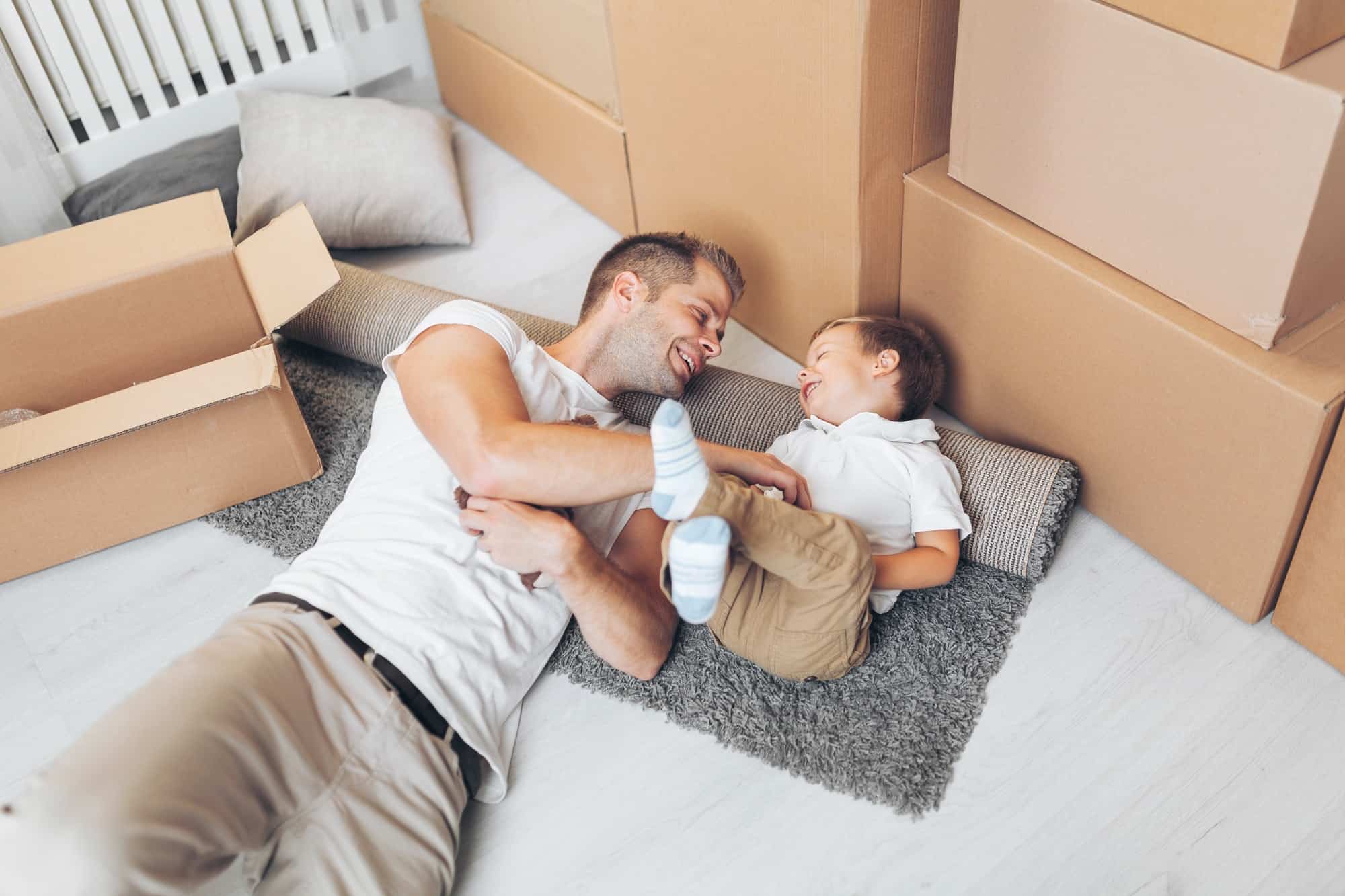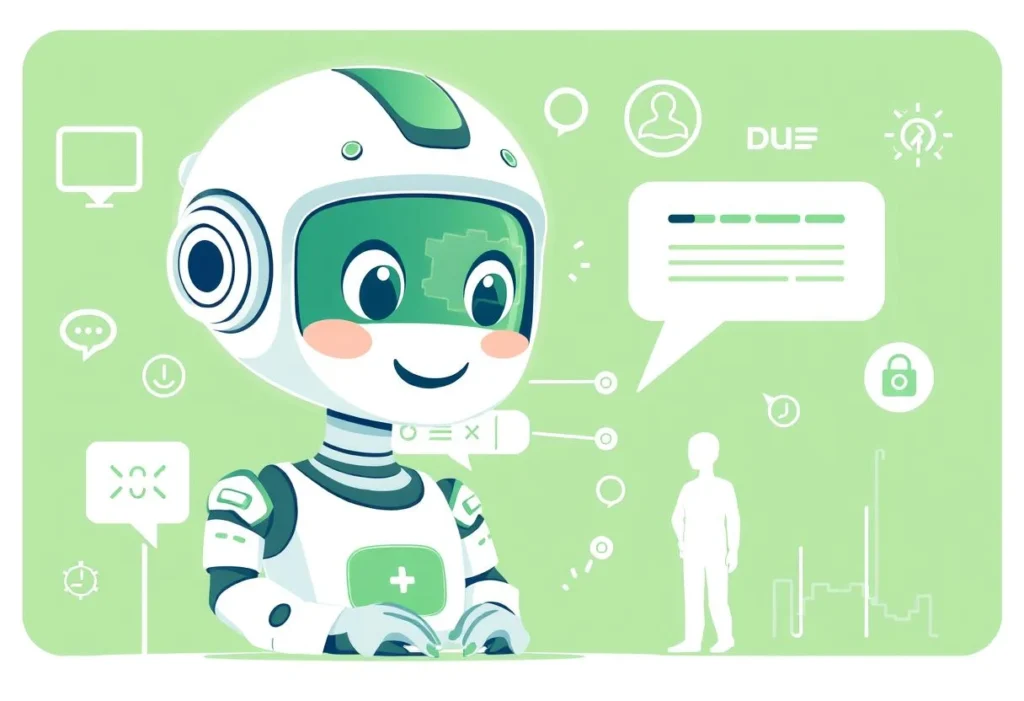Potty training is a major milestone in every child’s journey—and for parents, it can feel both exciting and daunting. The good news? Potty training doesn’t have to end in frustration for your child or tears for you. With the right approach, patience, and a sprinkle of creativity, families can say goodbye to diapers in a positive, peaceful way.
Let’s walk through everything you need to know about potty training without tears—so your little one, and you, can navigate this transition with confidence and a smile.
Why “No Tears” Potty Training Works
A tear-free approach meets your child where they are developmentally. Instead of pressure, bribes, or punishments, you build trust. This not only makes the experience easier, but also strengthens your bond with your child. When potty training is relaxed and positive, kids are more likely to cooperate—and less likely to hold in pee or poop due to anxiety.
Signs Your Child Is Ready for Potty Training
Before starting, look for cues that your child may be ready:
- They stay dry for at least two hours at a stretch.
- They announce when they’ve peed or pooped, or try to take off a dirty diaper.
- They can pull pants up and down.
- They show interest in the toilet or imitate bathroom habits.
- They can follow simple instructions.
Most children show these signs between 18 and 36 months, but every child is different—don’t rush.
Preparing for Potty Training
Create a Positive Introduction
Start by talking about the potty in friendly, simple terms. Let your child see other family members use the toilet. Read books about using the toilet together.
Shop for Potty Gear
Involve your child as you pick out a child-friendly potty chair or seat reducer, step stool, and training underwear. Let them choose a favorite color or character—this can make them eager to try!
Gentle Methods to Start Potty Training
Choose Your Approach
Here are several stress-free potty training methods that work well for different families:
Child-Led Potty Training:
Wait for readiness, then encourage your child to lead. You offer reminders and celebrate their interest—but you never force or shame.
Routine-Based Potty Training:
Establish regular potty times, such as after meals, naps, or before bed. This provides consistency and builds habits.
Three-Day Potty Training:
This method involves setting aside a weekend (or longer), staying home, and allowing your child to go without diapers. Encourage them to use the potty as soon as they show signs of needing to go. For many families, this “potty boot camp” can kickstart the process. However, flexibility and lots of praise are key.
Creating a Positive Potty Routine
- Suggest bathroom visits at routine times, but never force.
- Dress your child in easy-off clothes.
- Celebrate small successes—clapping, high-fives, or a sticker chart.
- Model bathroom habits and explain each step.
Making Potty Training Fun
Turn the process into a game. Sing a silly potty song, let them decorate their potty chair, or pretend “teaching” a favorite stuffed animal. Use a reward system that avoids food (such as stickers or extra storytime).
Handling Accidents with Compassion
Accidents are normal—never scold or shame. Calmly help your child clean up, reassure them it’s okay, and remind them to try the potty next time. Remember, setbacks are part of learning.
Common Potty Training Challenges and How to Overcome Them
Resistance or Refusal
Stay calm and back off for a few days. Forcing the issue can turn it into a power struggle. Instead, keep the mood light and revisit when your child is ready.
Fear of the Toilet
Some kids are afraid of flushing or falling in. Use a child-sized potty or a seat with handles. Show them there’s nothing scary by letting them flush gently or by flushing together.
Nighttime Training
Daytime and nighttime dryness develop on different timelines. Use training pants or a waterproof mattress cover, and keep nighttime expectations relaxed.
Potty Training Tips for Success
- Be consistent but flexible—adapt to your child’s routine and readiness.
- Encourage independence: let your child wipe, flush, and wash hands.
- Use positive language: say, “Let’s try the potty,” not “You have to go now.”
- Keep a sense of humor—laugh together about silly potty moments.
- Take breaks if progress stalls; you can always try again in a few weeks.
Frequently Asked Questions About Potty Training
How long does potty training take?
Every child is different. Some learn within a few days, while others may take several weeks or longer.
What if my child regresses?
Stress, illness, or changes (like a new sibling) can cause setbacks. Be patient—progress will resume with time and support.
Do boys take longer than girls to potty train?
Studies show only minor differences. Regardless of gender, readiness and encouragement matter most.
When to Seek Help
Contact your pediatrician if:
- Your child resists all attempts at potty training after age 4.
- They regularly withhold pee or poop, causing discomfort.
- There’s frequent pain, blood in stool, or constipation issues.
Professional advice can address any underlying problems and offer extra support.
Final Thoughts: Potty Training With Confidence, Not Tears
Potty training is a journey, not a race. By following your child’s cues, using gentle encouragement, and celebrating every achievement, you’ll lay the foundation for healthy bathroom habits—and happy, confident kids.
You’ve got this! Trust the process, enjoy the giggles, and know that tears-free potty training really is possible.
Ready to start your potty training adventure? Share your experiences, ask questions, or join our parenting community—let’s conquer potty training together and celebrate every small victory!






